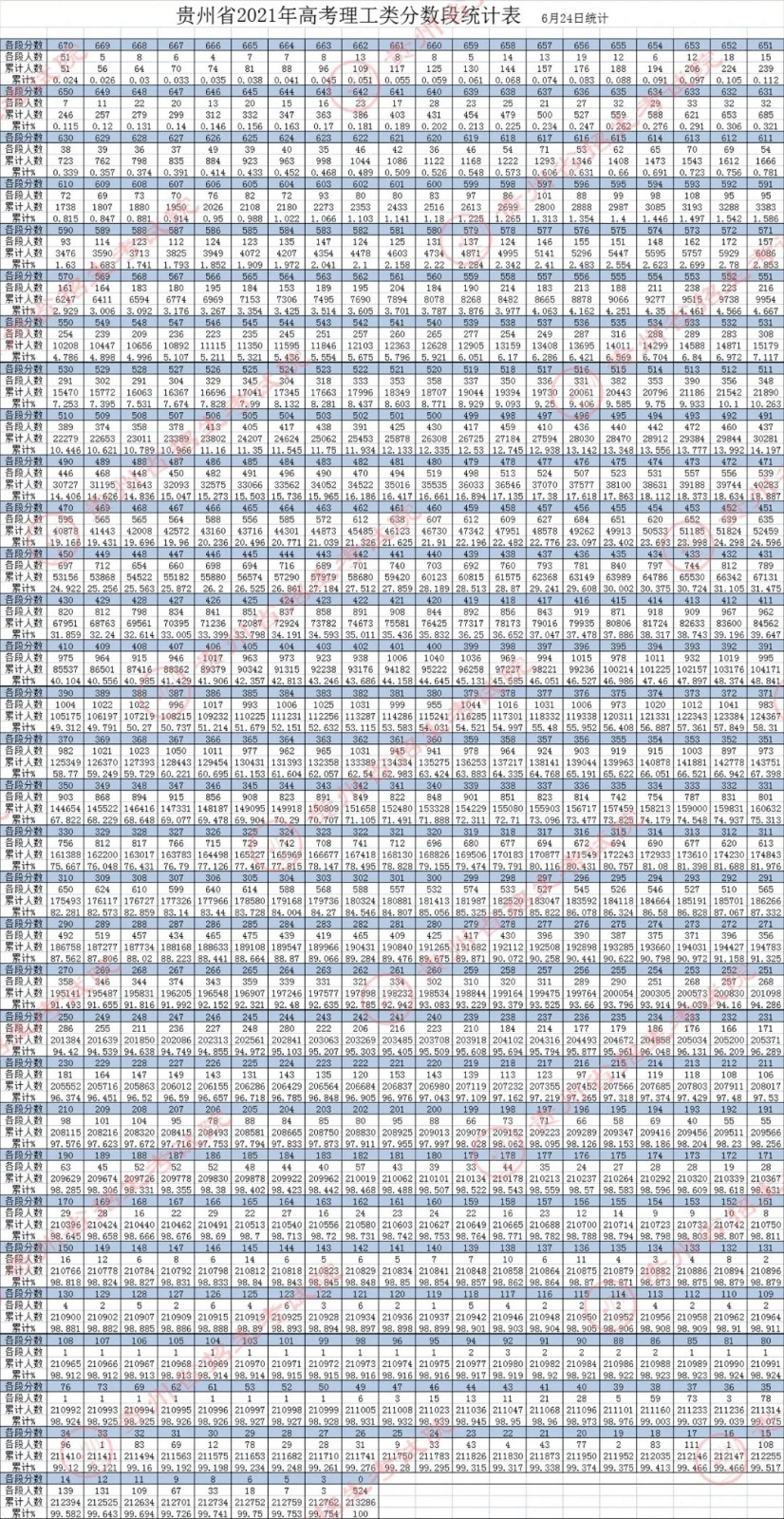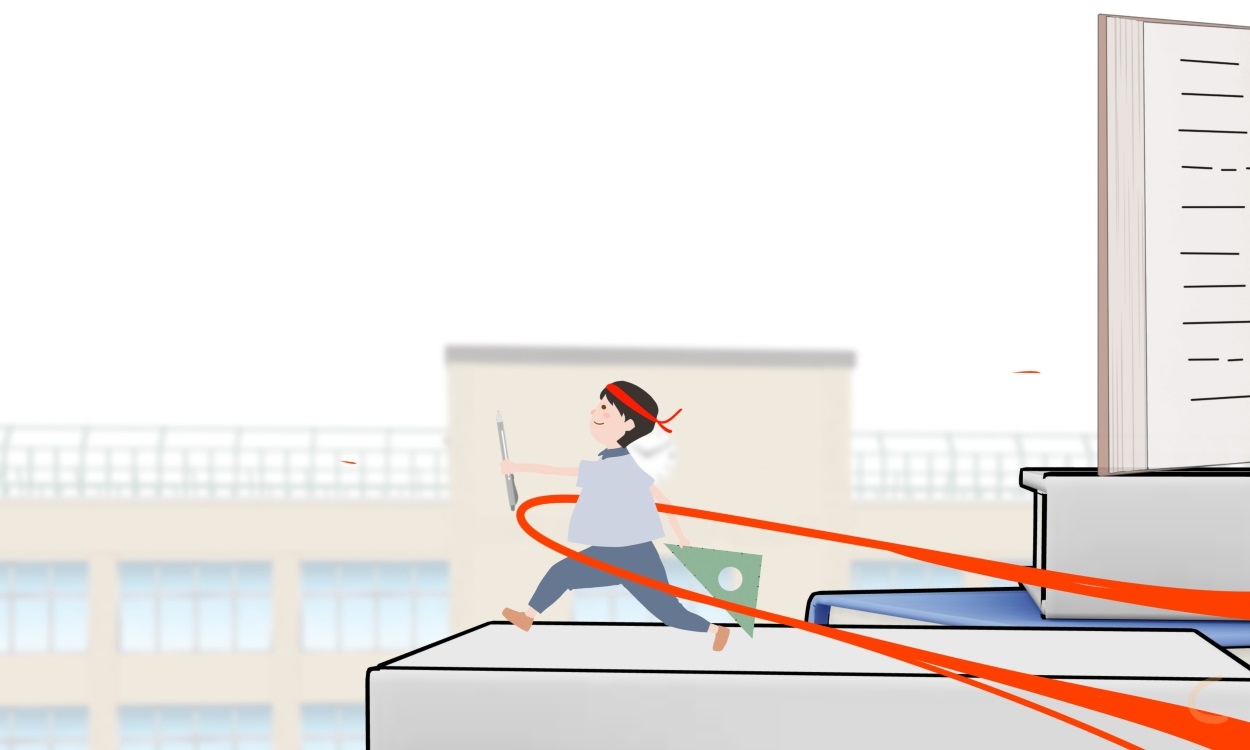高考英语必考重要知识点精选2023
高考的英语会考到哪些知识点你知道吗?其实英语有很多知识点都是很重要的,同学们都要掌握住。下面是小编为大家整理的关于高考英语必考重要知识点,欢迎大家来阅读。

高考英语重点词汇
1. just 一般用法: just now/then; just a little boy; just struggle
特殊注意: just now通常与过去时搭配;just通常与完成时搭配。
2. keep 一般用法: keep quiet; keep doing; keep on doing; keep sb. from doing
特殊注意: keep doing表示不间断地做某事;keep on doing表示动作是时断时续的。
3. kind 一般用法: a kind of; all kinds of; It is kind of you to do that.
特殊注意: 可以用Would you be so kind as to表示劳驾。
4. last 一般用法: last week; last for two hours
特殊注意: the last but one表示倒数第二。
5. late 一般用法: be late for; come late to; late at night
特殊注意: late作副词表示晚;而副词lately表示近来。
6. law 一般用法: by law; make/pass/observe/break the law
特殊注意: 表示抽象意义时不可数;表示具体法律时可数。
7. lay 一般用法: lay the table; lay eggs
特殊注意: lay的.过去式及过去分词都是laid.
8. lead 一般用法: lead to; lead sb. in doing; led by
特殊注意: lead to表示导致,其中的to是一个介词。
9. learn 一般用法: learn from; learn that
特殊注意: learned people表示博学的人;learn that表示得知。
10. leave 一般用法: leave for; leave sth. to; ask for leave
特殊注意: 可以在leave后面分用词作宾语补足语,如:Please don't leave the pot uncovered.
11. lesson 一般用法: Lesson Two; teach sb. a lesson; draw a lesson
特殊注意: lesson表示所学的内容;class表示课程。
12. let 一般用法: let sb. do; let in/out
特殊注意: Let's go home, shall we? Let us go home, will you?
13. lie 一般用法: lie in; lie to sb.;
特殊注意: 表示说谎时的过去式和过去分词都是lied; 表示躺卧、存在、位于某个地点时过去式为lay, 过去分词为lain.
14. little 一般用法: little boy; little hope; a little; little by little
特殊注意: 做形容词表示数量时只能修饰不可数名词;作副词用在句首时句子要用倒装语序。
15. lonely 一般用法: a lonely house; feel lonely
特殊注意: lonely是以ly结尾的形容词,可以作定语也可以作表语,主要表示孤独的状态。
16. look 一般用法: look fine; look as if; look at/into/through/back/down upon
特殊注意: 与see不同的是,look
高考英语必备的知识点
一、不定式做主语:
1、不定式做主语一般表示具体的某次动作。===动名词doing 表示习惯的,经常的动作。
e.g: To finish the building in a month is difficult.
To do such things is foolish.
To see is to believe. (对等)
注: 1). 不定式作主语时,谓语用单数
2). 当主语较长,谓语较短时,常用it做形式主语,而将不定式放到谓语的后面。
it做形式主语,不定式放在谓语动词之后常用于下列结构中:
(1)It is/was +adj.+of sb. to do…
(2) It is +adj.+for sb.+to do…
It is easy / difficult / hard / foolish / unwise / right / wrong / unnecessary
(3) it is +a +名词+ to do...
It is a pity / a pleasure / a pleasant thing / one’s duty / an honor / a shame / a crime / no easy job… to do
It takes (sb.) some time / courage / patience …to do…
It requires courage / patience / hard work… to do…
注意: probable 和 possible 均可作表语,但possible可以用不定式作真实主语, 而probable不能用不定式作真实主语。
It is probable for him to come to the meeting.(错)
It is possible for him to come to the meeting.
It is possible / probable that he will come to the meeting.
高考英语必背语法知识点
英语中过去分词可作宾补,(此时的过去分词一般是及物动词)表被动意义或完成意义,有时两者兼而有之。做宾补的过去分词与宾语有逻辑上的动宾关系,即宾语是过去分词动作的对象。如:
She found the door broken in when she came back.(宾补与宾语有被动的关系,表一种状态。)
一. 过去分词用在表状态的动词keep,leave等的后面。
Eg:They kept the door locked for a long time.
Keep your mouth shut and your eyes open.(谚语:少说多看)
Don't leave such an important thing undone.
Don't leave the windows broken like this all the time.
二.过分词用在get,have,make, 的后面。
1.注意“have +宾语+过去分词”的两种情况:
A)表"让某人做某事/让某事(被人)做"
eg: I have had my bike repaired.
The villagers had many trees planted just then.
B)表"遭遇到某种不幸,受到打击/受....影响,蒙受..... 损失"
Eg:I had my wallet stolen on a bus last month.
The old man had his leg broken in the accident.
He had his leg broken in the match yesterday.(MET1986)
2."make+宾语+过去分词",在这种结构中,过去分词的动词必须是表示结果含义的。如:
They managed to make themselves understood in very simple English.
I raised my voice to make myself heard.
三、过去分词用在感观动词watch,notice,see,hear,listen to ,feel,find等后面。如
When we got to school,we saw the door locked.
We can hear the windows beaten by the heavy rain drops.
He felt himself cheated.
The managers discussed the plan that they would like to see carried out the next year.(NMET2000)
四、过去分词用在want,wish,like ,expect等表示“希望,愿望”这一类动词后面做宾补。如
The boss wouldn't like the problem discussed at the moment.
I would like my house painted white.
I want the suit made to his own measure.
I wish the problem settled.
五、过去分词用在“with +宾语+宾补”这一结构中,过去分词与宾语之间是动宾关系。如:
The thief was brought in with his hands tied behind his back.
With many brightly-coloured flowers planted around the building ,his house looks like a beautiful garden.
With everything well arranged,he left the office.
六、过去分词、现在分词、和不定式作宾补的区别。
现在分词作宾补:宾语和补语之间是主谓关系。其动作与谓语动作同时进行。
过去分词作宾补:宾语和补语之间是动宾关系。其动作先于谓语动作。
不定式作宾补: 表一个完成的动作、或表一个很短时间内看到、听到或感觉到的具体动作。
eg:He didn't notice me waiting.
I heard the song sung in English.
I saw him opening the window.
I saw the window opened.
I saw him open the window.
I heard her sing the song in English.
高考英语语法必考点
高考英语常见连接词必备语法
(1)表选择关系或对等关系的连接词:either…or…,neither…nor…,or,aswellas,and,both…and….
(2)表因果关系的'连接词:therefore,so,asaresult,astheresultof,becauseof,dueto,owingto,thanksto等。
(3)表时间顺序的连接词:
the moment,as soon as,at first,then,later,mean while,at the beginning,in the end,before long,for the first time,the minute.
(4)表转折关系的连接词:yet,and yet,but,while,on the contrary,on the otherhand,however,at the same time等。
(5)表解释说明的连接词:that is,that is to say,in other words,such as,for example,for instance,and soon,etc,
and the like,and what not等。
(6)表总结的连接词:in aword,onthe whole,in short,to sumup,in all等
高考英语主语必备语法
主语:主语是一个句子所叙述的主体,一般位于句首。在原始的简单句中,主语可由名词、代词、数词、名词化的形容词表示。例如:
During the 1990s, American country music has become more and more popular.(名词)
We often speak English in class.(代词)
One-third of the students in this class are girls.(数词)
The rich should help the poor.(名词化的形容词)
高考英语谓语必备语法
谓语(动词):谓语说明主语所做的动作或具有的特征和状态。动词在句中作谓语,一般放在主语之后。谓语的构成如下:
1.简单谓语:由一个动词或动词短语构成。如:He practices running every morning.
2.复合谓语:(1)由情态动词或其他助动词加动词原形构成。如:You may keep the book for two weeks. He has caughta bad cold. (2)由系动词加表语构成。如:We are students.
在英语中一个简单句只能有一个谓语动词(知道为什么吗),而且,我们平时学习的时态是针对谓语动词来说。如果以do为例,do, did ,have done, will do, had done, is/am/are doing, was/were doing, would do。在简单句中,谓语动词和主语是句子的核心,是不可以随意删掉的。
高考英语宾语必备语法
宾语:宾语表示动作的对象或承受者,一般位于及物动词和介词后面。例如:
They went to see an exhibition(展览)yesterday.(名词)
The heavy rain prevented me from coming to school on time.(代词)
How many dictionaries do you have? I have five.(数词)
They helped the old with their housework yesterday.(名词化形容词)
高考英语表语必备语法
表语:表语用以说明主语的身份、特征和状态,它一般位于系动词(如be, become, get, look, grow, turn, seem等)之后。表语一般由名词、代词、形容词、分词、数词。
Our teacher of English is an American.(名词)
Is it yours?(代词)
The weather has turned cold.(形容词)
The speech is exciting.(分词)
高考英语知识点归纳
1. buy 用法:buy sth. for 5 dollars; buy sth. for sb.
Note: 点动词,不能表示买的时间长短。
2. but 用法:not…but.. but for next but one , have no choice bu to do sth., all but 几乎,差一点
Note: do nothing but do sth. nothing前有do,后面的to要省略。Not only… but also…引导的并列句,前倒后不倒。cannot help/ choose but do sth. 不能不,只能
3. by 用法:by accident, by air/ sea/ train, by and by, by far, by force, by mistake, by chance, by the way
Note: by way of 取道,经由。by reason of 由于。by 引导的时间状语一般句子用完成时态。
4. call 用法: call for / up / back / in / , call on sb. to do sth., pay / make a call on sb. give sb. a call ,on call
Note: call at后面跟地点;call on 后面跟人。
5. care 用法:take care of; with care; care for/about
Note: care about表示在乎,常用于否定句;care for表示关心,喜爱,常用于肯定句。
6. carry 用法:carry表示搬运;carry on表示进行;坚持下去;carry out表示执行。
Note: carry没有方向性,可以表示随身携带。
7. case 用法:in case; in case of; in any case; in this/that case
Note: in case后面的状语从句可以用虚拟语气,即in case sb. should do的形式。
8. catch 用法:catch the thief; catch fire; catch a cold; catch up with, catch sb. doing sth.
Note: be caught表示陷入困境,如:He was caught in the rain.
9. cattle 用法:集合名词,动词要用复数形式。如:Cattle are raised here. Note: 一头牛可以用a head of cattle. 注意十头牛用ten head of cattle。
10. chance 用法:by chance; take a chance; there is a chance that… Note: 在chance后面可以用动词不定式或者of的结构作定语。
高考英语重要知识点
1.一般现在时:
一般现在时大多用动词原形来表示。Behave在人称和数上应按自己的变化规则与主语保持一致。其他动词若其主语是第三人称单数,则应按动词第三人称单数的变化规律变化。
(1)表示主语现在所处的状态及所具备的特征、性格、能力等。 Eg:They are both tired and hungry.
(2)表示习惯性的,反复出现的动作与状态。
常用时间状语:always often sometimes now and then every day
(3)表示客观事实或普遍真理。
Eg:The earth moves around the sun.
(4)在时间状语从句和条件状语从句表示将来的动作。
Eg:If it doesn’t rain tomorrow,we will go climbing.
(5)表示按规定预计要发生的动作,只限于go,come,leave,start,stay,return,begin等。
(6)在某些以have,there开头的句子中,用动词go,come的一般现在时表示正在发生的动作。
Eg:Here comes the bus!
2.现在进行时:
(1)表示说话时正在进行的动作;
(2)表示即将发生的`或按计划安排好的动作,多限于go,come,start,leave,return,arrive,stay,fly等表示运动方向的动词,句中往往有表示将来的时间状语。
(3)少数动词如go,come,leave,arrive,return,begin,do,die,lose等现在进行时可以表示预计即将发生的动作;
(4)表示反复发生的动作。
3.以-ing和-ed结尾的形容词:
以-ed结尾的形容词用来描述人的精神状态或人对事物的态度或感受;以-ing结尾的形容词有“令人......的”意思,常用来指物。
高考英语知识点精选
语法知识归纳
1.全部倒装
就是将句子中的谓语动词全部置于主语之前。全部倒装通常用于:
(1)here, there, now, then, thus等副词置于句首时
Then came the chairman.那时总裁来了。
Here is your letter.你的信。
(2)表示运动方向的副词或地点状语置于句首时
Out rushed a missile from under the bomber.轰炸机肚底下窜出一枚导弹。
Ahead sat an old woman.前面坐着一个老妪。
注意:
①主语必须是名词,而不能是代词。
②谓语动词通常是be, come, go, lie, run等表示来去或状态的动词。
③谓语动词的时态通常是一般现在时和一般过去时。
2.部分倒装
就是指将谓语的一部分如助动词、情态动动词或be移到主语前。如果句子的谓语中没有这类词,则在主语前加助动词do, does或did,谓语动词用原形。部分倒装用于:
(1)否定或半否定的词语,如no, not, never, seldom, little, hardly, at no time, in no way, not until…等位于句首时。
Never have I seen such a performance.从未见过如此糟糕的表演。
Nowhere will you find the answer to this question.无论如何你不会找到这个问题的答案的。
Hardly had she gone out when a student came to visit her.她刚出门,就有个学生来访。
No sooner had she gone out than a student came to visit her.她刚出门,就有个学生来访。 Not until the child fell asleep did the mother leave the room.母亲一直到孩子入睡后离开房间。
注意:①hardly…when…, no sooner…than…或not only….but also…中,都是前一句倒装,后句不倒;②not until…后接时间状语从句时,从句不倒,主句倒。
真题:(1)Not until I began to work______ how much time I had waited. (全国)
A didn’t I realize B did I realize C I didn’t realize D I realized
解析:not until…位于句首,主句主谓要用部分倒装,排除C和D;not until句型中不再用否定,故选B。
(3)so, neither, nor表示“也”或“也不”时
Tom can speak French. So can Jack.汤姆会讲法语,杰克也会。
If you go to the park tomorrow, so will I.如果你明天去公园,我也去。
He hasn’t gone there. Neither /Nor have you.他没有去那里,你也没去。
注意:当so引出的句子是对上文内容加以证实或肯定时,不可用倒装结构。意为“的确如此”。如:
Tom asked me to go to play football and so I did.汤姆邀我去踢球,我去了。
—It’s raining hard.雨下得真大。
—So it is.是呀。
(3)“only+状语”位于句首时
Only in this way, can you learn English well.只有这样,你才能学好英语。
Only then did I realize that I was wrong.只有到那时我才意识到我错了。
Only when he is seriously ill does he ever stay in bed.病得狠重时,他才卧床休息。
注意:如果句子为主从复合句,则主句倒装,从句不倒装。
(4)as引导让步从句时
必须将表语或状语提前(形容词,副词,分词,实义动词提前)。但需注意:
①句首名词不能带任何冠词。
②句首是实义动词,其他助动词放在主语后。如果实义动词有宾语和状语,随实义动词一起放在主语之前。
Try hard as he will, he never seems able to do the work satisfactorily.他工作很努力,但总不能让人满意。
Child as he is, he knows a lot.他虽然是个孩子,但很懂事了。
(5)其他部分倒装
①so…that…句型中的so +adj. /adv.位于句首时。
So frightened was he that he did not dare to move an inch.他害怕得很,动也不敢动。
真题:So difficult ______ it to live in an English speaking country that I determined to learn English well.
A. I have felt B. have I felt C. I did feel D. did I feel
解析:so + adj.放在句首,用部分倒装,排除A和C;由determined可知用过去式,故选D。
②在某些表示祝愿的句型中。
May you all be happy.愿你们都快乐。
③在虚拟条件句中有were, had, should等词时,可将if省略,把were, had, should移到主语之前。
Were I you(=If I were you), I would try it again.我是你的话,就再试一次。
高考英语必考重要知识点精选
上一篇:高考英语考试必考知识点归纳
下一篇:返回列表






